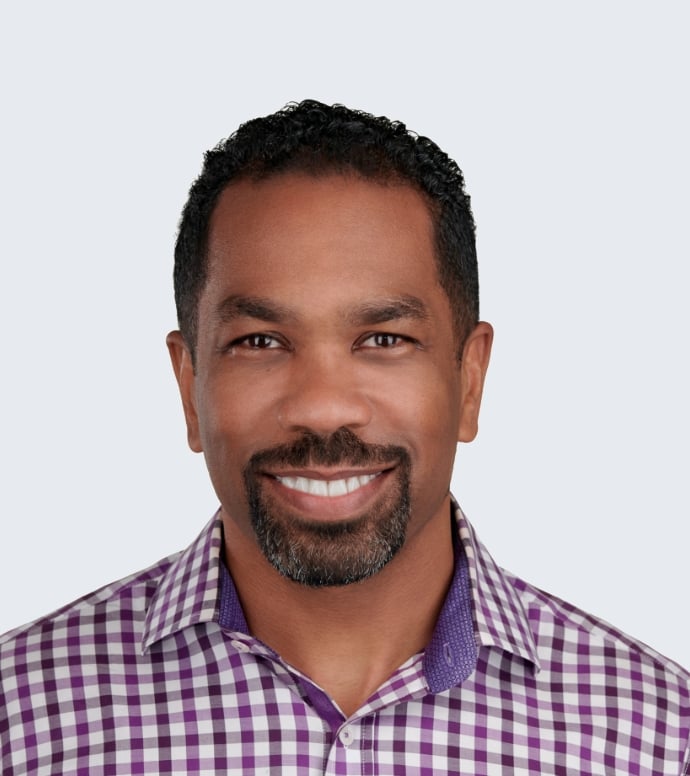Timecoded Guide:
- [00:00] Start of episode
- [02:55] Strategy in hiring great talent
- [09:15] Common hiring mistakes
- [13:18] Higher salaries versus more salaries
- [15:09] Earning the right to work with great talent
- [22:47] Tapping into your network
- [28:32] Tapping into a collaborative culture
What’s been your strategy in hiring great talent?
Sid points out that you only have access to so much talent early on as a startup. With the deck stacked against you, digging deep through your networks and finding out first what great looks like for your hiring role is critical. To Sid, it comes down to being stage-aware while being sure to slow down enough early on in the bootstrap journey to make sure you’re hiring great people for the role.
“I think, you know, bootstrap years, we have the chance to sit back and invest in the team. And that was, I think, a fundamental thing that set us up for success for I think where we’re at today.”
What are some common hiring mistakes you’ve seen?
In keeping with the show’s theme, Sid stresses that you must slow down and prioritize the hiring process early on in order to ensure growth later. Early hires are the people who are setting the tone for the company’s culture—and finding the right fit saves a lot of time and energy later on. Ideate the role, reach out to peer groups and talk to VC’s. To ensure later success, founders must take a step back and find the gaps in the business, Sid says.
“At the early stages, every hire every person joining your team is helping you craft the culture, craft the way we work, and I think you have to be thoughtful about what good looks like for that role versus what great looks like for the role.”
What’s your perspective on higher salaries versus more salaries?
To navigate this question, Sid says that it is crucial to invest in a Head of People Operations. Jumping from the early stage to this stage, It’s crucial to think about structuring your business for scale. People need and deserve clarity in a startup Sid says—building a roadmap and thinking about org structure is key in ensuring this. A couple of years down the line, Sid says that every founder realizes that they should have focused more on this stage.
“What do we owe great talent that is going to join the business we need? We have to earn the right to work with them every single day.”
Earning the right to work with great talent every day
At the end of the day, Sid says that talent is the biggest asset in a startup. Startups are the people building an aura, a community, Sid says. They’re the ones forging a culture and an ethos for the company. This shows up in building manager training and building a management class, getting people to think about how they can set one another up for success. In this type of atmosphere, Sid sees many people learn everything they can at the company and then coming back later on.
“For startups and organizations, it’s all about, you know, building that culture, that ethos, where someone is doing life’s best work. You know, in an environment where they’re getting that deep investment, they’re set up for success.”





